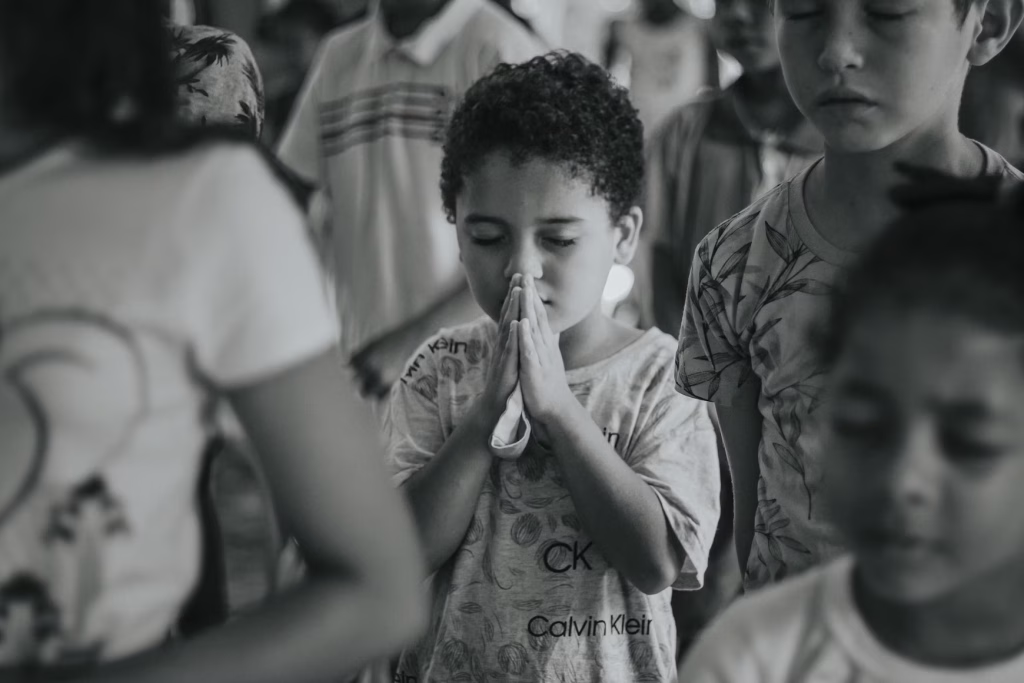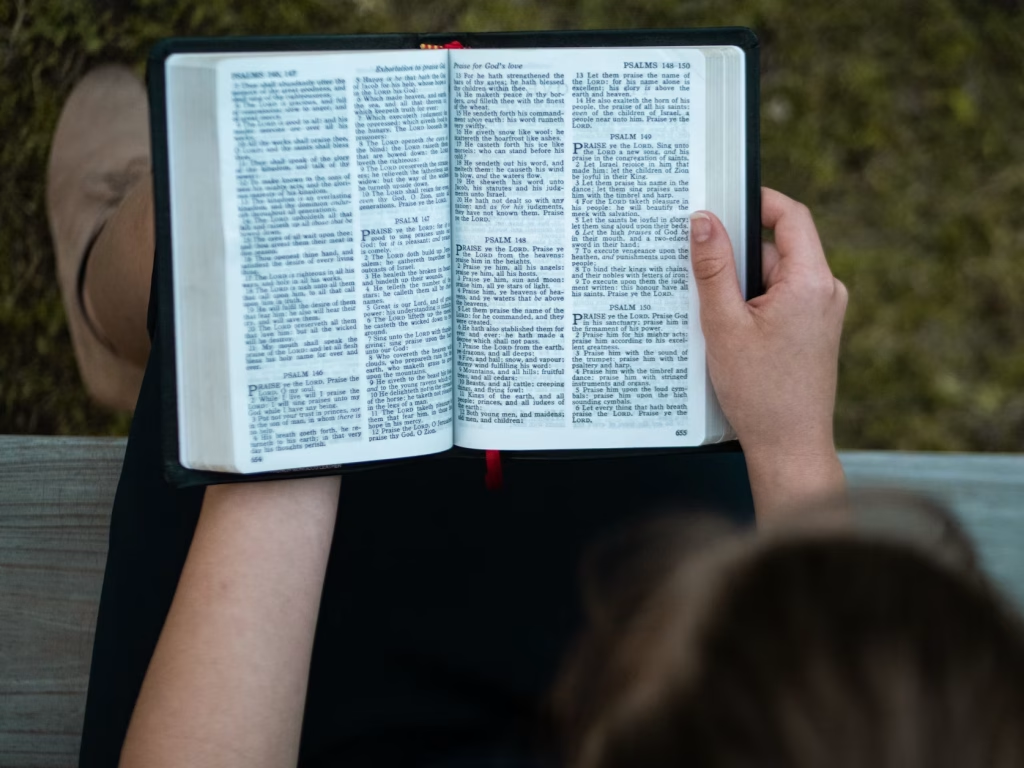
It’s a question many parents eventually face: what role—if any—should religion play in public schools?
Perhaps your child came home curious about a classmate praying at lunchtime, or you’ve caught wind of new legislation involving the Bible in the classroom. School is where children learn to think critically, embrace diversity, and step outside their own experiences. So how do we strike a balance between religious freedom and inclusive education in one of America’s most diverse and foundational institutions?
Below, we’ll examine how the law draws boundaries around religion, how students are affected, and what it all means for you as a parent.
Religion Can’t Be Endorsed—But It Can Be Practiced
In U.S. public schools, the Constitution requires neutrality regarding religion. This means schools cannot endorse or encourage any specific faith, or block it. Yet, students themselves retain First Amendment rights. According to this ACLU guide, so long as a prayer or religious activity is student-initiated and doesn’t interfere with instruction, it’s protected.
Kids have the right to pray quietly before lunch or read sacred texts during free periods—others have the right not to. This setup respects all belief systems by preventing the school from promoting one particular viewpoint.
By ensuring that no single faith dominates, all children—religious or not—can learn without feeling pressured. At the same time, students with spiritual practices feel recognized and respected. This is a delicate balance that honors individual freedoms without allowing the school itself to endorse or enforce a specific religion.
Teaching About Religion vs. Teaching Religion
One of the biggest sources of debate in public education is whether lessons on spirituality cross a line from academic to devotional.
Legally, public schools can’t promote religious doctrine—but they can and often do teach about religion academically. For example, a world history course might cover Buddhism’s influence or how Christianity shaped medieval Europe. The difference is teaching about a faith versus instructing students to follow or participate in it.
When approached thoughtfully, these lessons promote cultural awareness and empathy, crucial in our interconnected world. Exposure to various faith traditions in the classroom can reduce prejudice and build respect among students of different backgrounds. It only becomes problematic if the class crosses from education into endorsement or practice.
Students’ Religious Expression Is Protected
Kids don’t drop their identities when they walk into school. If your daughter wants to wear a hijab or your son wants to read a Bible verse during free reading, they can—provided it doesn’t disrupt the school environment or disrespect others. The same goes for wearing religious jewelry or forming a faith-based after-school club.
Emotional well-being also benefits when a child feels free to be themselves, including any spiritual dimension. This fosters a sense of belonging and self-acceptance. Open dialogue, rather than suppression, tends to result in healthier community bonds.

Religious Texts Are Sparking New Debates
In recent years, some states have considered policies that integrate religious texts—often the Bible—into standard school curricula. Proponents argue these texts can be studied for historical or literary value. Opponents worry it edges too close to religious indoctrination in a setting meant to be pluralistic.
If these programs aren’t carefully managed, non-Christian students could feel alienated, and the classroom might slip from neutral study into spiritual persuasion. Ultimately, any policy involving religious material must abide by constitutional limitations, staying on the right side of that line between academic inquiry and endorsement of belief.
Religion: A Chance for Cultural Understanding—When Inclusive
Religion has shaped societies from ancient times to modern politics. Studying different faiths—Judaism, Islam, Christianity, Hinduism, Buddhism, and more—can help students appreciate the diversity in their classrooms and beyond. Real inclusivity means teaching about many traditions, not just a single dominant one.
The result? Better cultural literacy and mutual respect. Ignoring religion entirely may lead to ignorance or perpetuate stereotypes; the goal isn’t to exclude it, but to ensure it’s taught fairly, accurately, and in a way that welcomes all beliefs.
What It Means for Parents
In the end, debates on religion in schools affect not just policy but our children’s daily experiences.
Will they feel safe if they’re part of a religious minority?
Will your faith-based child feel dismissed, or your non-religious child feel pressured?
As a parent, staying engaged is key. Keep lines of communication open with your child: ask what they see or hear in class. Know your district’s policies, and if something feels off—like a teacher leading prayer or a lesson that crosses into indoctrination, don’t hesitate to speak up.
The ultimate aim of public school is to shape informed, empathetic citizens. That includes acknowledging personal beliefs without turning them into mandatory practice for everyone else.
Have you encountered any religion-related issues at your child’s school? Share your experiences—your perspective might help another family find clarity or solutions.
Read More:

Samantha Warren is a holistic marketing strategist with 8+ years of experience partnering with startups, Fortune 500 companies, and everything in between. With an entrepreneurial mindset, she excels at shaping brand narratives through data-driven, creative content. When she’s not working, Samantha loves to travel and draws inspiration from her trips to Thailand, Spain, Costa Rica, and beyond.